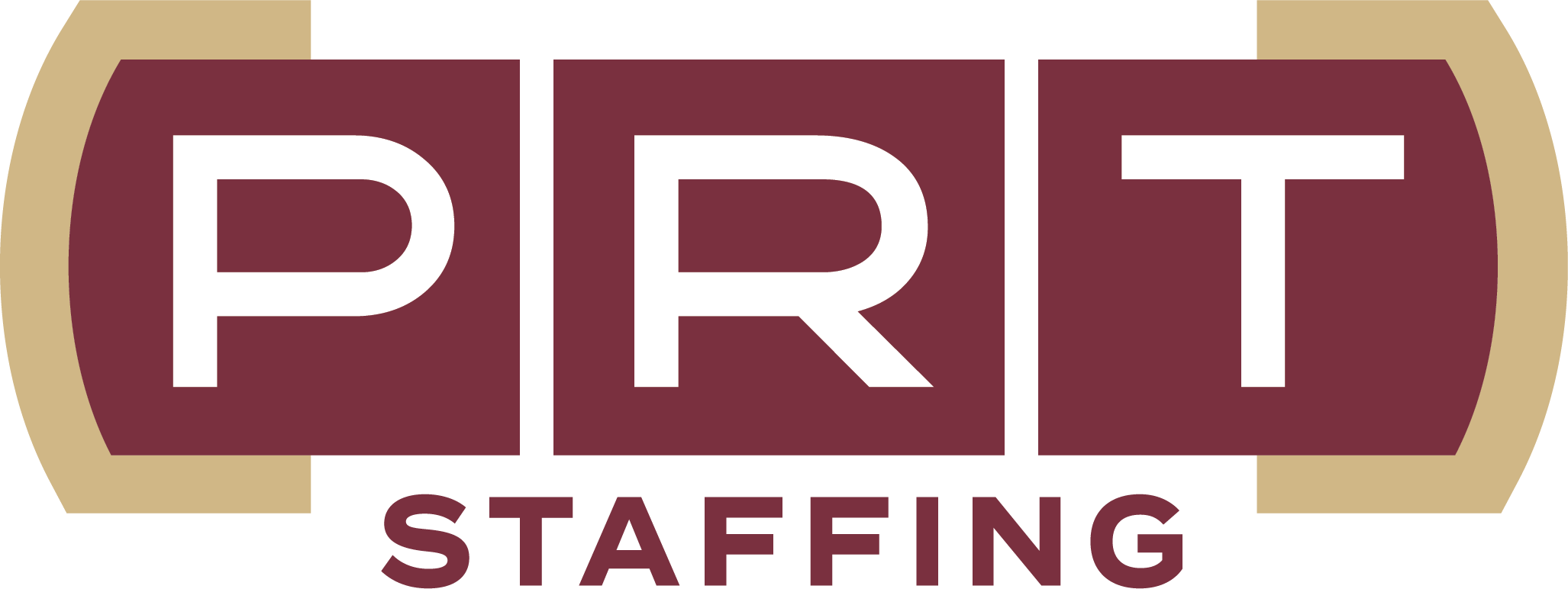Economic Trends and the Impact on Temporary Staffing Demand
The U.S. economic landscape is ever shifting but businesses are adapting to new challenges and opportunities with latest economic trends showing positive signs.
“US economic data continue to surprise to the upside, revealing ongoing resilience despite looming uncertainties and persistent shocks,” reports The Conference Board. “We now expect real GDP to expand by 2.6 percent year-over-year in 2024 … Slowing inflation and a healthy labor market should support measured interest rate cuts over the course of the next year, lowering the Fed Funds rate target range to 3.00-3.25 percent in 2025.”
One of the most significant shifts in recent years has been the growing importance of temporary staffing as a flexible solution to workforce management
As we navigate through complex economic trends, understanding their impact on temporary staffing demand becomes crucial for both employers and job seekers alike.
The Current Economic Landscape
The global economy has been on a rollercoaster ride in recent years, with various factors influencing business decisions and workforce strategies. As we move through 2024, several key economic trends are shaping the demand for temporary staffing across industries.
Inflation and Consumer Spending
One of the most positive developments in recent months has been the easing of inflation to a near three-year low of 2.60 percent in October 2024 – down from 9.06 percent in June 2022. This trend has had a ripple effect across the economy, boosting consumer confidence and spending power. As businesses experience increased demand for their products and services, many are turning to temporary staffing solutions to manage the surge in activity without committing to long-term hires.
Persistent Labor Market Tightness
Despite economic fluctuations, advanced economies continue to grapple with persistent labor market tightness. This phenomenon is characterized by a high number of job vacancies across various sectors, particularly in healthcare and hospitality. The challenge of filling positions has led many companies to explore temporary staffing as a viable solution to address immediate workforce needs while navigating uncertain economic waters. The good news is that the Federal Reserve Bank of Minneapolis argued in September 2024 that the U.S. labor market may be softening with fewer openings and harder to get hired. Overall, the U.S. labor market is healthy with the U.S. economy adding 227,000 jobs in November as the unemployment rate rose to 4.2 percent.
Interest Rates and Business Confidence
The Federal Reserve's role in setting interest rates continues to be a critical factor in shaping economic trends. With anticipated rate cuts on the horizon, businesses are feeling more confident about their growth prospects. This increased optimism is translating into a greater willingness to invest in temporary staff to support expansion efforts and new projects. 90 percent of economists polled by Reuters expected the Fed to cut interest rates by 25 basis points in mid-December, taking the federal funds rate down to approximately 4.25 percent.
The Temporary Staffing Industry's Response
As these economic trends unfold, the temporary staffing industry has been quick to adapt and respond to changing market demands.
Growth in Temporary Workforce
The temporary workforce has seen a significant uptick, with the American Staffing Association (ASA) estimating that nearly 2.5 million temporary workers were employed across various sectors in 2023. This growth reflects the increasing recognition of temporary staffing as a strategic tool for businesses to manage their workforce efficiently. During 2023, according to ASA, America’s staffing companies hired 12.7 million temporary and contract employees.
Flexibility and Scalability
One of the key advantages of temporary staffing is its ability to offer businesses flexibility and scalability. In an economy where consumer demand can fluctuate rapidly, having the option to adjust workforce size without long-term commitments is invaluable. Temporary staffing allows companies to manage seasonal surges, short-term projects, and unexpected spikes in demand with agility.
Specialized Skills and Emerging Sectors
The demand for niche skills, particularly in technology and digital industries, has never been higher. Temporary staffing agencies are rising to the challenge by providing access to a pool of specialized talent that can fill crucial skill gaps on short notice. This trend is particularly evident in sectors experiencing rapid growth or technological transformation.
Evolving Temporary Staffing Models
The nature of temporary staffing itself is evolving, influenced by broader economic and technological trends.
Remote Work and Global Talent Pools
The rise of remote work has opened up new possibilities for temporary staffing. Businesses are no longer limited by geographical constraints when seeking temporary talent, allowing them to tap into global talent pools. This shift has increased the flexibility and options available to both employers and temporary workers.
Gig Economy and Freelance Work
The gig economy continues to grow, with 38 percent of Americans having tried freelance work. This trend is blurring the lines between traditional temporary staffing and freelance arrangements, creating new opportunities and challenges for the industry. Forbes says those freelance workers contribute nearly $1.3 trillion in annual earnings to the U.S. economy.
Blended Teams
Many organizations are adopting hybrid models that combine permanent staff with temporary workers. This approach allows businesses to maintain a core team while leveraging temporary staff for specialized projects or to handle fluctuations in workload. While this model offers numerous benefits, it also requires careful management to ensure seamless integration and productivity.
Economic Impact and Future Outlook
The interplay between economic trends and temporary staffing has significant implications for overall economic performance and future growth prospects.
GDP and Productivity
Economists estimate that filling job vacancies could potentially increase GDP by 0.5 to 1.5 percent. Temporary staffing plays a crucial role in this equation by helping businesses quickly fill critical positions and boost productivity. By providing skilled workers on demand, temporary staffing agencies contribute to overall economic efficiency and growth.
Long-term Economic Projections
Looking ahead, economic forecasts project real GDP growth of 2.6 percent in 2024 and 1.7 percent in 2025. These projections suggest a continued need for flexible workforce solutions as businesses navigate varying growth rates and economic conditions. The temporary staffing industry is well-positioned to support this economic trajectory by providing the agility companies need to thrive in a dynamic environment.
The Role of PRT Staffing in Navigating Economic Trends
As we navigate beyond 2024, the interplay between economic trends and temporary staffing demand will continue to shape workforce strategies across industries. The ability to adapt quickly to changing market conditions, access specialized skills on demand, and scale workforce size efficiently will be critical factors in business success.
For companies looking to leverage temporary staffing as a strategic tool in this dynamic environment, partnering with an experienced provider like PRT Staffing can make all the difference.
With its comprehensive approach to staffing solutions and focus on key sectors driving economic growth, PRT Staffing is well-positioned to help businesses turn economic challenges into opportunities for success.
In a world where the only constant is change, the flexibility and expertise offered by temporary staffing will remain a valuable asset for businesses aiming to stay competitive and agile in the face of evolving economic trends.
Reach out to PRT Staffing today to help build your team and take your business to the next level.





